Prof. Dr. Nguyen Van Kim is currently Vice Chairman of the National Cultural Heritage Council; Deputy Secretary General, Head of the International Cooperation Department, Vietnam Historical Science Association. Over the years, he has conducted many research projects on Quang Ninh sea and islands, especially he has collaborated with domestic and foreign scientists to complete a monograph on Van Don commercial port.
Recently, during the working trip of Prof. Dr. Nguyen Van Kim to Quang Ninh, the reporter of the Provincial Media Center had a conversation with him.
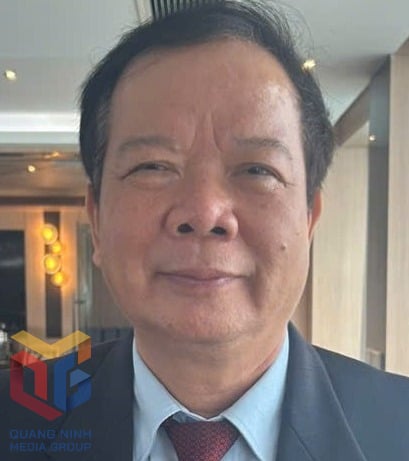
- What is your opinion about the preservation of those cultural values of Quang Ninh in recent times?
+ Cultural heritage and cultural identity have truly become fences, creating resistance to protect living space, exclusive economic zones, sovereignty and national security. In recent times, Quang Ninh has organized many plans and research projects, enhanced promotion to clarify values, constantly raised the level of culture, increased cultural vitality, spread the unique cultural values, unique natural heritage, rich in value of Quang Ninh to the region and the world. Those policies and guidelines clearly demonstrate the awareness, steady steps, and breakthrough thinking about culture of Quang Ninh.
Inheriting historical heritages, Quang Ninh continues to identify itself as an open and dynamic economic and cultural space of Vietnam. In documents and in practical guidance, provincial leaders and cultural experts have paid close attention to: Regional characteristics (unique), National characteristics (specific), Regional characteristics (rich) and International characteristics (universal) of Quang Ninh. These characteristics are always present and in harmony with the cultural traditions and people of Quang Ninh.
Quang Ninh is well aware of the cultural depth and diversity of its natural and cultural heritage. The province has great potential to further promote the growth rate of cultural economic sectors, the value of natural resources and the development of cultural industries. Quang Ninh's cultural industry has chosen the starting point (highlight) with the World Natural Heritage Ha Long Bay. The cultural creative space built in a world-class majestic landscape will certainly contribute to building Vietnam's marine ecological civilization.

In recent times, in order to contribute to the National Master Plan and the cause of national cultural revival, Quang Ninh has proactively and promptly issued resolutions, policies and projects on culture. These documents not only aim to thoroughly grasp the new viewpoints of the Party and State on culture but also to practically implement the policies and viewpoints of the Party and State on culture in the locality. Studying these documents, we all see a new mindset, creative capacity, breakthroughs in perception and action to preserve and mobilize all cultural resources and human resources for the goal of green and sustainable development.
In terms of culture, Quang Ninh's resolutions and plans have identified and focused on four key areas: Key cultural area (Ha Long); Ethnic minority and mountainous areas; Border areas and Sea and island areas. This delimitation mindset aims to create spaces for cultural conservation and development, while clearly demonstrating awareness of the uniqueness of the natural world as well as the characteristics of Quang Ninh culture and people. The province has correctly positioned the role, value and characteristics of cultural spaces in the overall cultural space of the Northeast region and Vietnamese cultural spaces; clearly recognizing the similarities and differences; potential and strengths of each cultural space; the value of origin, diversity and richness of Quang Ninh's cultural heritage in the cultural structure of the Northeast region and the country to invest in culture and people as an investment for sustainable development.
- What suggestions do you have for the conservation of cultural heritage in Quang Ninh?
+ In my opinion, we must effectively and reasonably use natural resources and state resources, combined with maximum mobilization of social resources to increase investment in cultural and human development in accordance with the current strategic orientations and development plans of the country, the Red River Delta and Quang Ninh province.
In the green and sustainable development plan of Quang Ninh, culture and cultural resources are assessed to have large reserves and can be regenerated and developed in the long term. Those resources are being evaluated, capitalized as heritage... to transform into practical strength to contribute to building Quang Ninh to be more and more prosperous, rich, civilized and modern.
- What about the World Natural Heritage Ha Long Bay, Professor?
+ In a diverse cultural landscape, Quang Ninh culture has all types of heritage: tangible culture, intangible culture, natural heritage, mixed heritage, inter-provincial heritage, documentary heritage... That is the richness and richness of the province's culture. Ha Long Bay cultural space should be placed in the chain and inter-regional heritage linkage to create effects and triggers for the increase in the values of the World Natural Heritage Ha Long Bay.
At the same time, there should be a survey and research program soon to identify in depth, evaluate more comprehensively the distribution, reserves, potential, and cultural values of the World Natural Heritage of Ha Long Bay; types of heritage (tangible cultural heritage, intangible cultural heritage, documentary heritage) in the city to have a plan to preserve and transform into resources, resources, and mutual values for the Natural Heritage of Ha Long Bay. The fundamental goal is to continuously create new values for the development of the heritage economy, while creating momentum for socio-economic development.
The province and relevant agencies develop plans and programs for scientific research cooperation. The fundamental goal is to further promote, clearly identify and deepen and comprehensively develop historical and cultural relics, intangible cultural heritage (especially marine knowledge systems), documentary heritage, etc. that have been formed and developed in the sea space of Ha Long Bay and related bays. Those cultural values, if further researched and clarified, will contribute to increasing the unique value, depth, integrity and authenticity of the World Natural Heritage of Ha Long Bay.
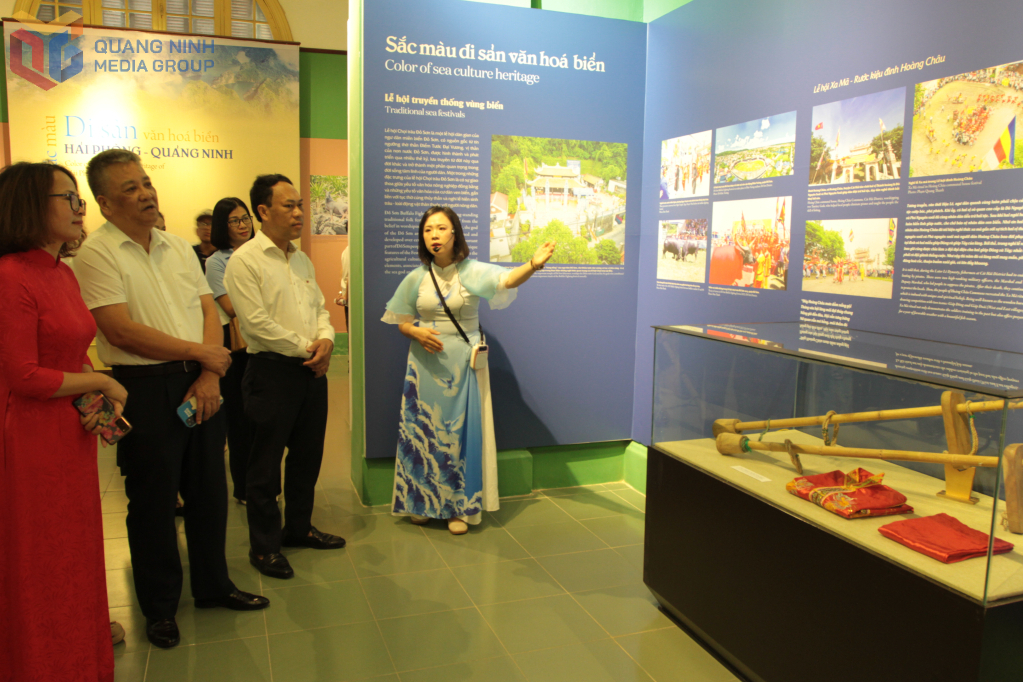
- Professor, in the relationship of association, how should the heritages in Quang Ninh be connected?
+ The research, conservation and promotion of the value of Ha Long Bay must also be placed in the relationship and vision with Bai Tu Long Bay and Cat Ba. We should also soon consider contributing to the construction of a second cultural creative space in the high mountains of Yen Tu. In the coming time, if Vietnam's proposal for the Yen Tu - Vinh Nghiem - Con Son, Kiep Bac Monuments and Landscape Complex is recognized by UNESCO, Quang Ninh will have two cultural creative spaces: Ha Long Bay and Yen Tu (one in the high mountains and one in the sea). These two heritages will be the wings to elevate the culture and regional and international position of Quang Ninh province.
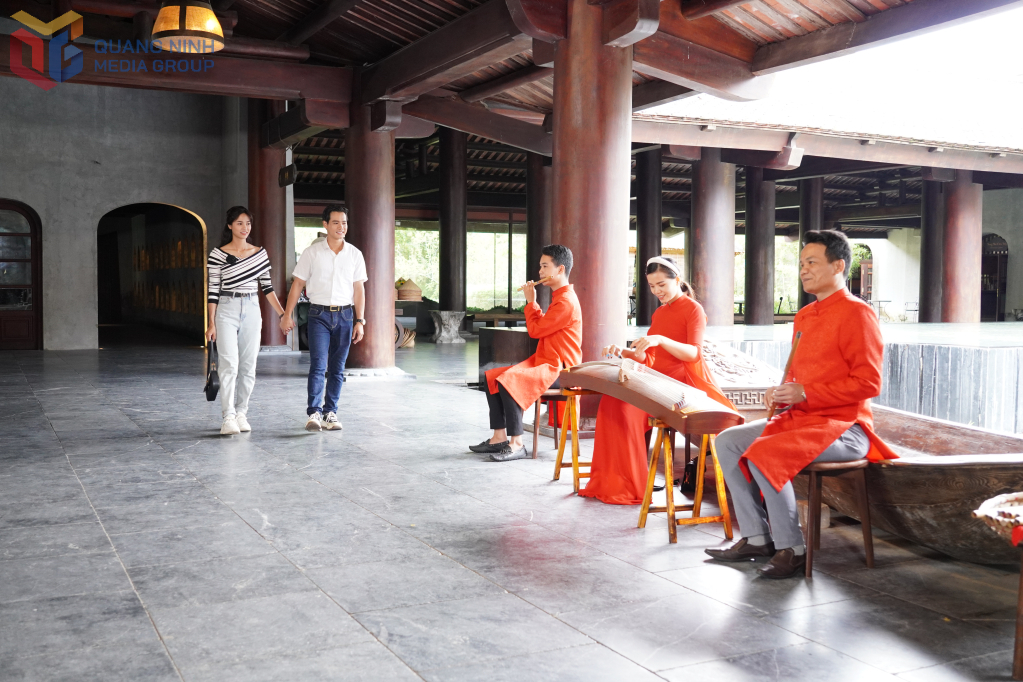
We should place the cultural space of Ha Long Bay in the chain and inter-regional heritage linkage to create effects and trigger factors for the increase of the values of the World Natural Heritage of Ha Long Bay. In the vision and strategy for socio-economic development, we should place the cause of cultural development and promote the potential of Ha Long Bay in the systematic relationship of hundreds of relics and scenic spots in the province. At the same time, we need to take people as the center of all development goals, culture as the fulcrum to arouse pride, love for the homeland and the aspiration to rise of Quang Ninh people. We persevere with the orientation of green development, circular economy, heritage economy, increasing scientific content, applying high technology, using renewable energy, limiting emissions, and protecting the environment.
The last thing I want to say is that, along with nature, people and culture are identified as the three fundamental pillars in the sustainable development strategy of Quang Ninh. Over many generations, residents of the Northeast coastal region have effectively exploited their position, integrated with natural ecosystems to develop the economy, culture, and protect the living environment with the viewpoint of respecting nature, following the flow of natural development, preserving the natural state of being first, firmly grasping the laws of natural development to plan development policies, especially in resolving the contradiction between rapid growth of industries that can harm nature and green, sustainable development, and high protection of the ecological environment. Beautiful, pure, pristine nature is an asset, a resource, a driving force, and more than that, a value of Quang Ninh, which needs to be preserved at all costs.
Thank you, Professor!
Pham Hoc (Implementation)
Source




![[Photo] Prime Minister Pham Minh Chinh starts construction of vital highway through Thai Binh and Nam Dinh](https://vphoto.vietnam.vn/thumb/1200x675/vietnam/resource/IMAGE/2025/5/12/52d98584ccea4c8dbf7c7f7484433af5)

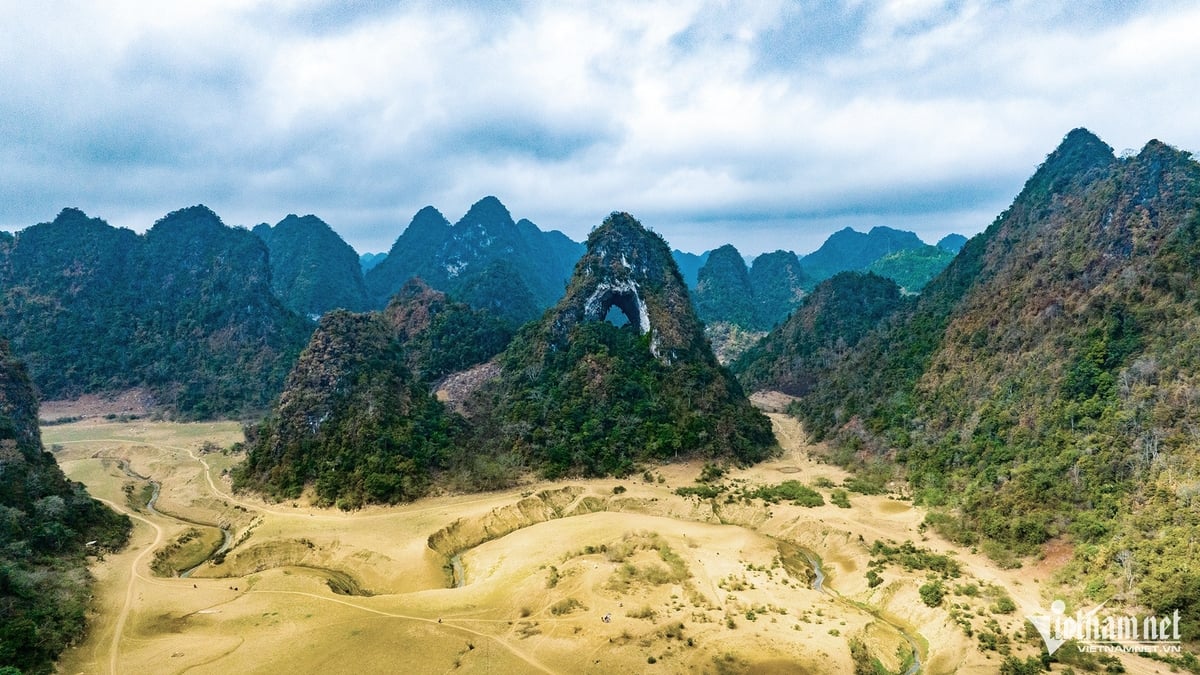
![[Photo] Buddha's Birthday 2025: Honoring the message of love, wisdom, and tolerance](https://vphoto.vietnam.vn/thumb/1200x675/vietnam/resource/IMAGE/2025/5/12/8cd2a70beb264374b41fc5d36add6c3d)
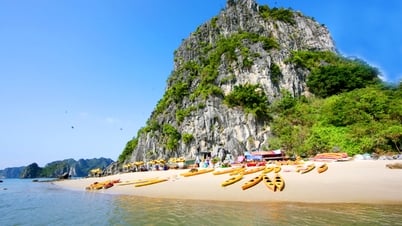

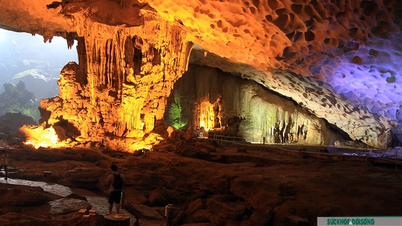

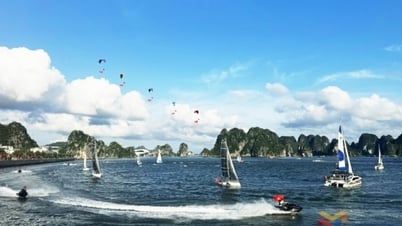
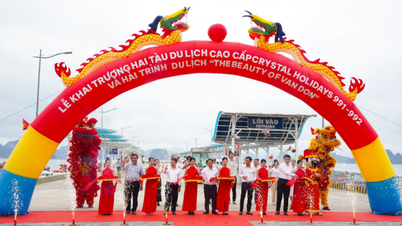
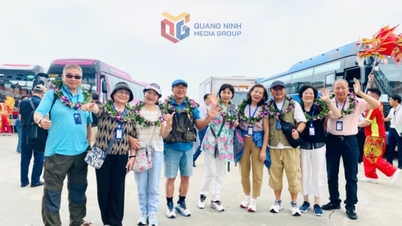
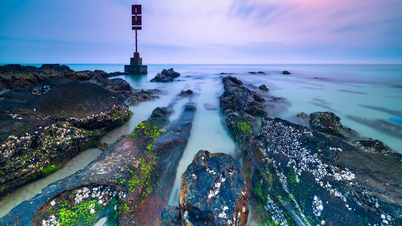

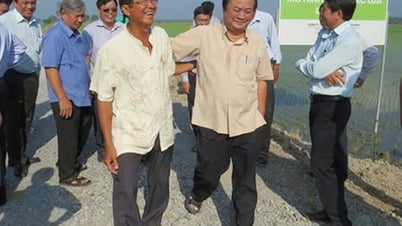
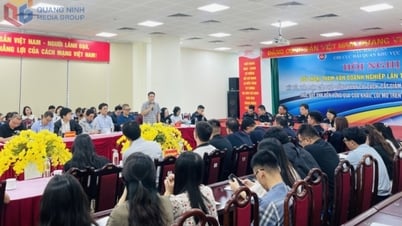
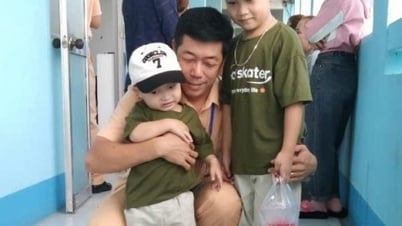
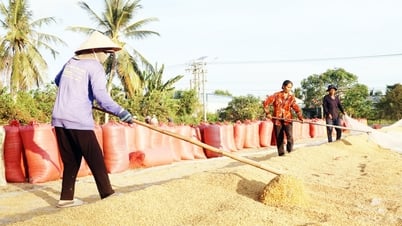
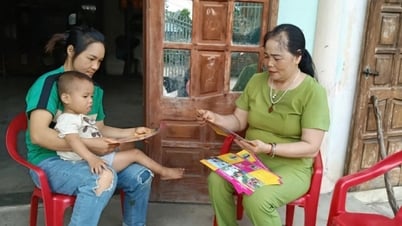
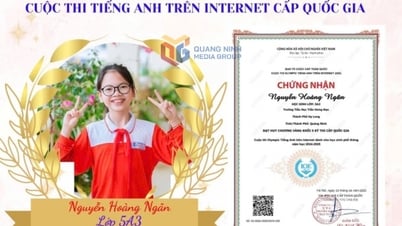




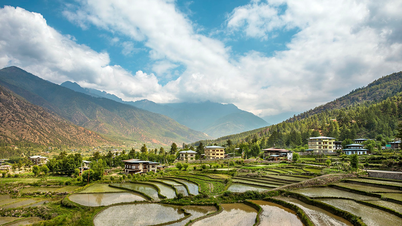
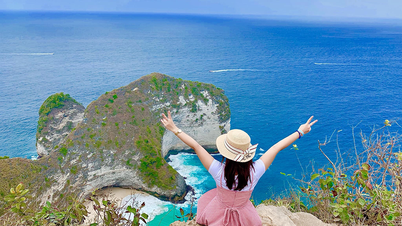


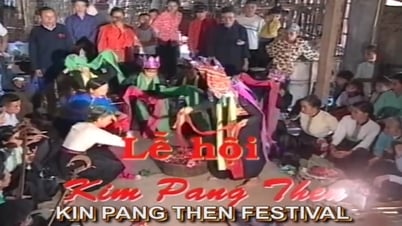
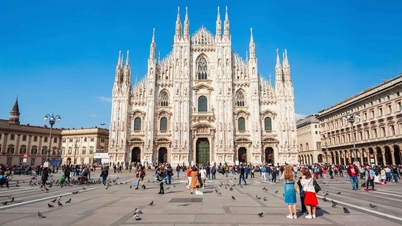
![[Photo] General Secretary To Lam meets and expresses gratitude to Vietnam's Belarusian friends](https://vphoto.vietnam.vn/thumb/1200x675/vietnam/resource/IMAGE/2025/5/11/c515ee2054c54a87aa8a7cb520f2fa6e)




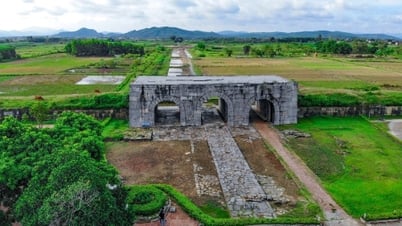

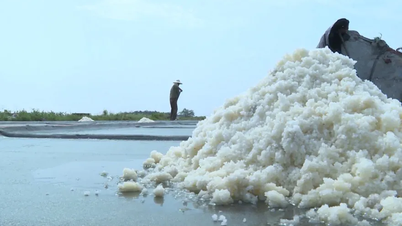




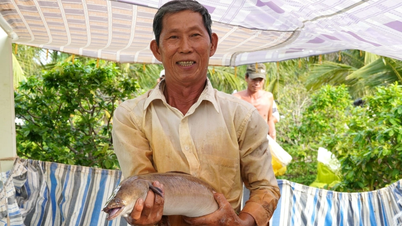

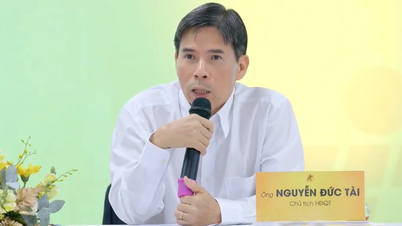










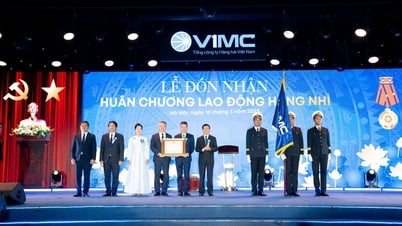
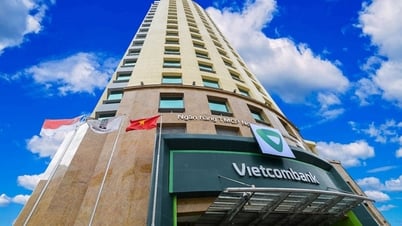


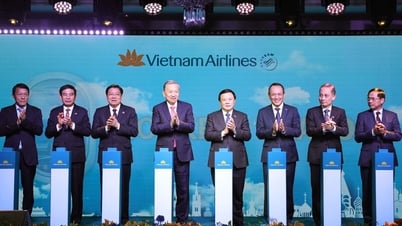


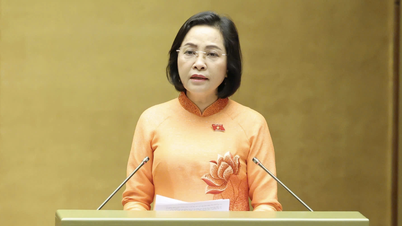


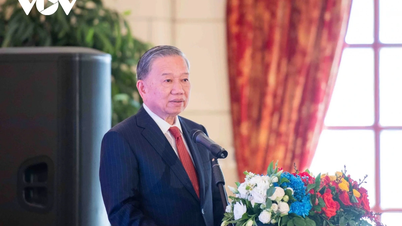

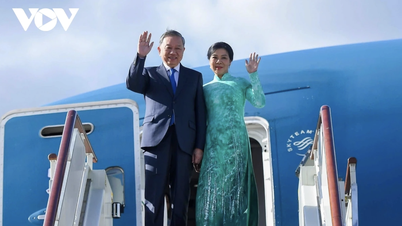
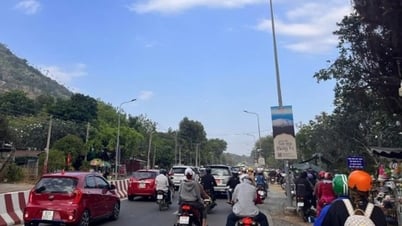

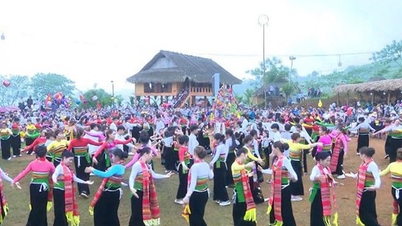


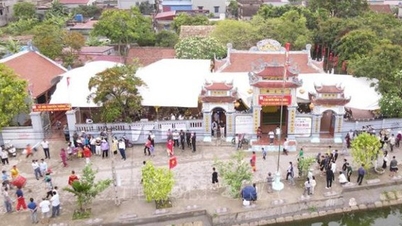
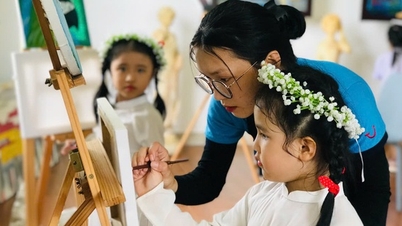
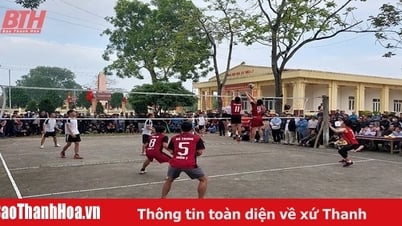

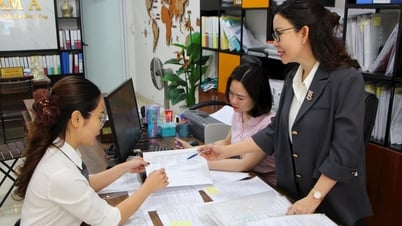



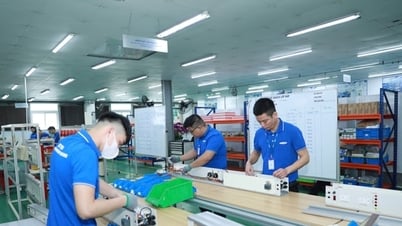

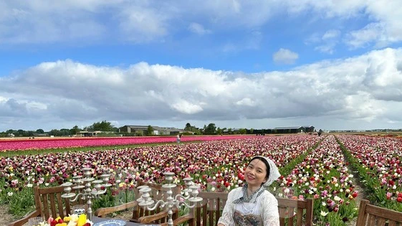











Comment (0)